Jangsu Galbi (장수갈비)
8.6Km 2021-03-26
54-1, Myeongdong 2-gil, Jung-gu, Seoul
+82-2-775-9292
It has been around since 1968. This restaurant's signature menu is grilled ribs. This Korean dishes restaurant is located in Jung-gu, Seoul.
Seoul Global Cultural Center (서울글로벌문화체험센터)
8.7Km 2019-03-18
27, Myeongdong 8-gil, Jung-gu, Seoul
+82-2-3789-7961~3
Seoul Global Cultural Center is located in the heart of Myeong-dong, Seoul's major shopping district. It is more than
just an information center. It is an inviting space for global cultural exchange between residents and visitors.
The center not only
offers information in English, Chinese, and Japanese, but also facilities
such as free internet and coin-operated lockers. Moreover, the center regularly hosts cultural programs.
Kongnamul Jangsu (콩나물장수)
8.7Km 2021-03-18
94, Dongsung-gil, Jongno-gu, Seoul
+82-2-763-7999
This is a Korean cuisine located in Daehak-ro, Seoul. The best menu at this restaurant is stir-fried bean sprouts and pork. Kongbul (bulgogi with bean sprouts) is a spicy dish of fried pork with bean sprouts.
Homeplus Stores - Gayang Branch [Tax Refund Shop] (홈플러스스토어즈 가양)
8.7Km 2024-04-23
431, Yangcheon-ro, Gangseo-gu, Seoul
-
GOYONAM - Myeongdong Branch (고요남 명동)
8.7Km 2021-03-19
10, Myeongdong 8na-gil, Jung-gu, Seoul
+82-2-318-2225
This is a Korean cuisine located in Myeong-dong, Seoul. A restaurant well-known for the large meat attached to bone and 55cm-long yukhoe chobap (a dish of raw slices of beef served over pressed vinegar rice). The representative menu is grilled beef ribs.
April 19th National Cemetery (국립4.19민주묘지)
8.7Km 2023-01-02
17, 4.19-ro 8-gil, Gangbuk-gu, Seoul
+82-2-996-0419
Located at the foot of Bukhansan Mountain, the April 19th National Cemetery was established in memory of the 224 people who lost their lives during the 4.19 Revolution in 1960. The cemetery features a memorial hall and a traditional wooden structure that houses the grave of the historic figure Yu Yeongbong.
At the cemetery is a pond surrounded by sculptures such as "Symbolic Door," "Roots of Democracy," and "Sparks of Justice" and a memorial tower bearing an inscription for the brave patriots who lost their lives during the revolution. Groves of pine, juniper, yew, and maple trees and the well-kept hiking path add a natural charm to the overwhelming ambiance of peace and serenity. Many people visit to see the spring blossoms in May, and throughout the year to take in the glorious scene of the sunset over Bukhansan Mountain.
Adidas Original - Myeongdong Branch [Tax Refund Shop] (아디다스오리지널 명동점)
8.7Km 2024-04-19
20, Myeongdong 8na-gil, Jung-gu, Seoul
-
Olive Young - Myeongdong Jungang Branch [Tax Refund Shop] (올리브영 명동중앙점)
8.7Km 2024-06-27
1F, 18, Myeongdong 8na-gil, Jung-gu, Seoul
-
ARKO Art Center (아르코미술관)
8.7Km 2025-06-05
3, Dongsung-gil, Jongno-gu, Seoul
+82-2-760-4850
ARKO Art Center was founded in 1974 as Misulhoegwan in a building of former Deoksu Hospital in Gwanhun-dong, Jongno-gu to offer much-needed exhibition space for artists and arts groups. In 1979, Misulhoegwan moved to its present building, designed by preeminent Korean architect Kim Swoo-geun (1931-1986) and located in Marronnier Park, the former site of Seoul National University. The two neighboring brick buildings accommodating ARKO Art Center and ARKO Arts Theater are the major landmarks of the district of Daehakro.
As more public and private museums and commercial galleries came into the art scene in the 1990s, Misulhoegwan shifted to curating and presenting its own exhibitions. Renamed as Marronnier Art Center in 2002, ARKO Art Center assumed a full-fledged art museum system and played an increasingly prominent role as a public arts organization leading the contemporary art paradigm. When The Korea Culture and Arts Foundation was reborn as Arts Council Korea, Marronnier Art Center became ARKO Art Center named after the abbreviation for Arts Council Korea in 2005.
ARKO Art Center is committed to working as a platform where research, production, exhibitions and the exchange of creative activities grow and develop in connection with one another in addition to having a diversity of programs including thematic exhibitions addressing social agenda and public programs widely promoting various discourses in art.
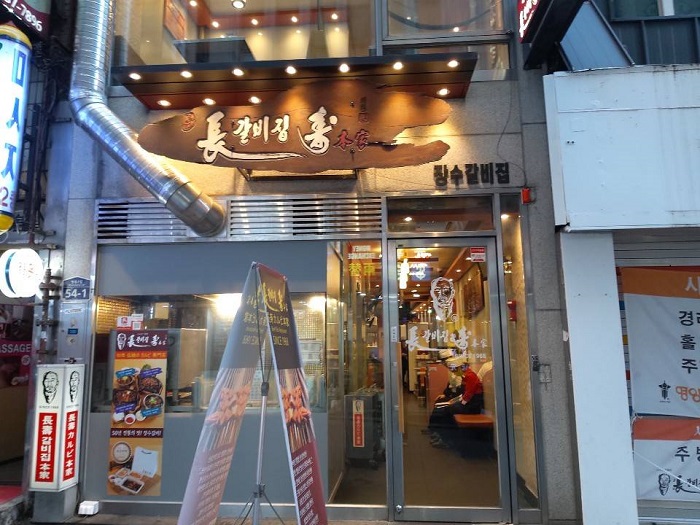

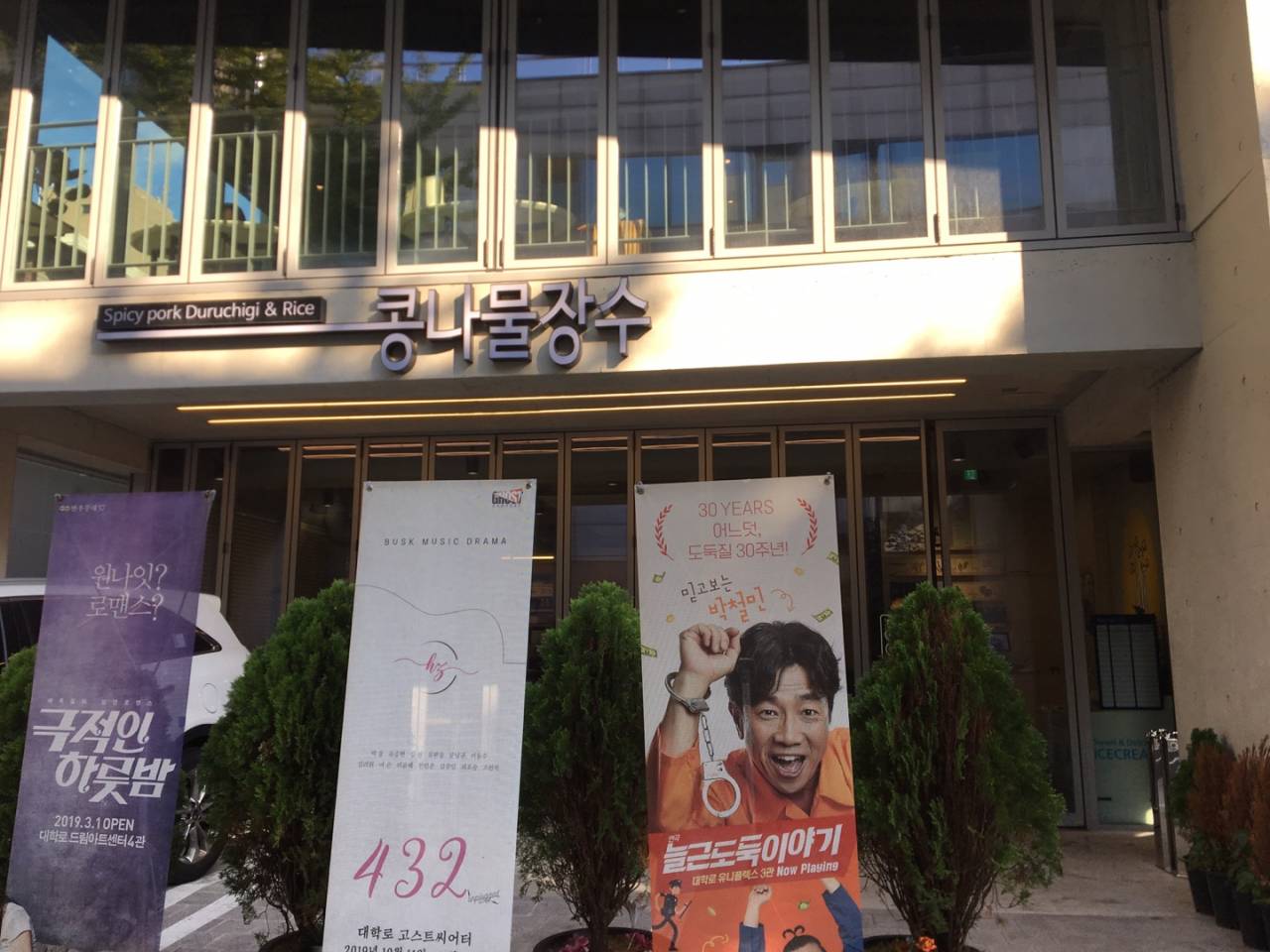
![Homeplus Stores - Gayang Branch [Tax Refund Shop] (홈플러스스토어즈 가양)](http://tong.visitkorea.or.kr/cms/resource/90/2880090_image2_1.jpg)
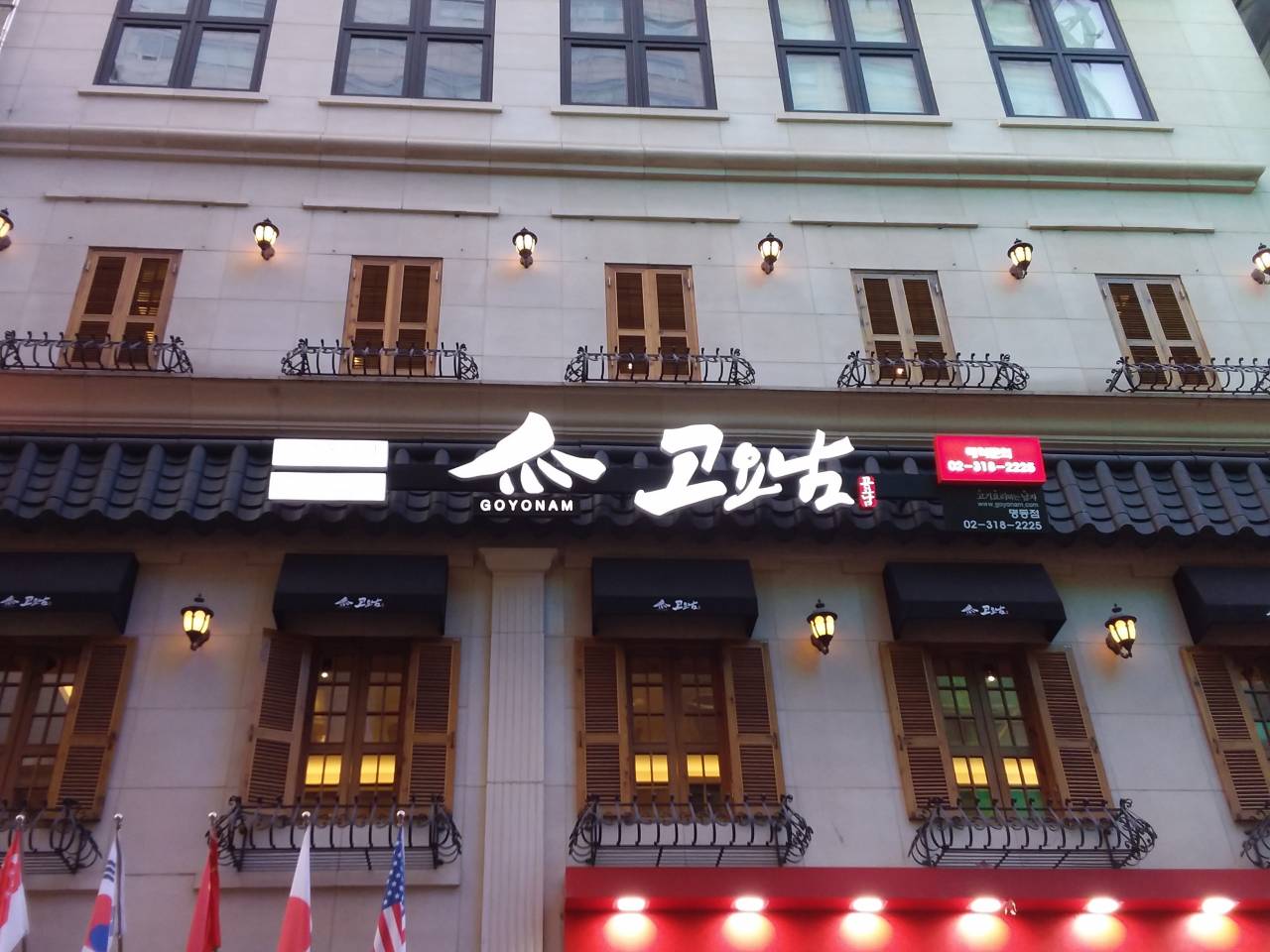
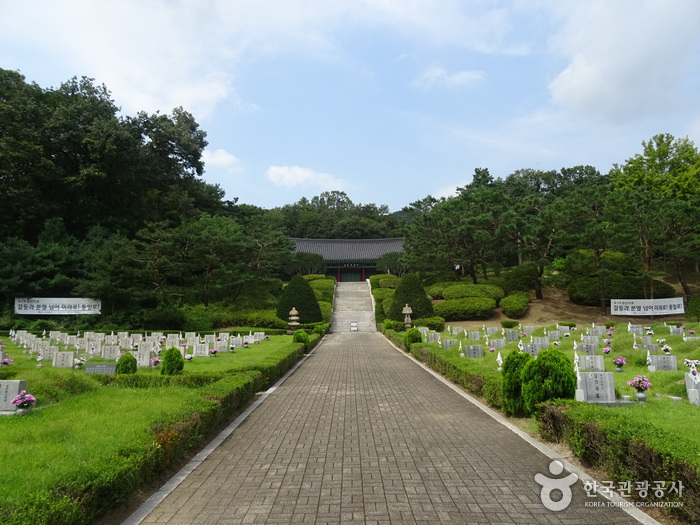
![Adidas Original - Myeongdong Branch [Tax Refund Shop] (아디다스오리지널 명동점)](http://tong.visitkorea.or.kr/cms/resource/39/2878639_image2_1.jpg)
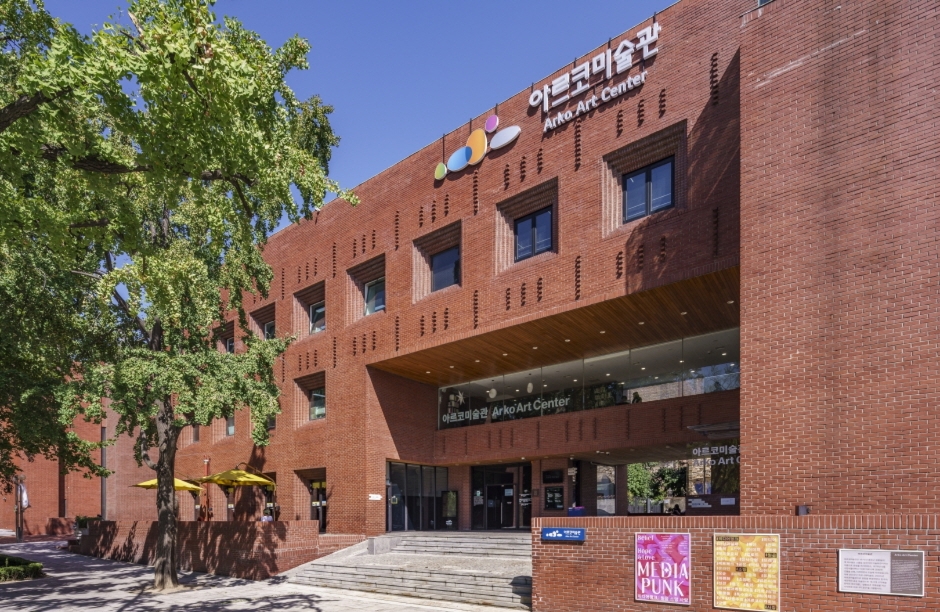
 English
English
 한국어
한국어 日本語
日本語 中文(简体)
中文(简体) Deutsch
Deutsch Français
Français Español
Español Русский
Русский